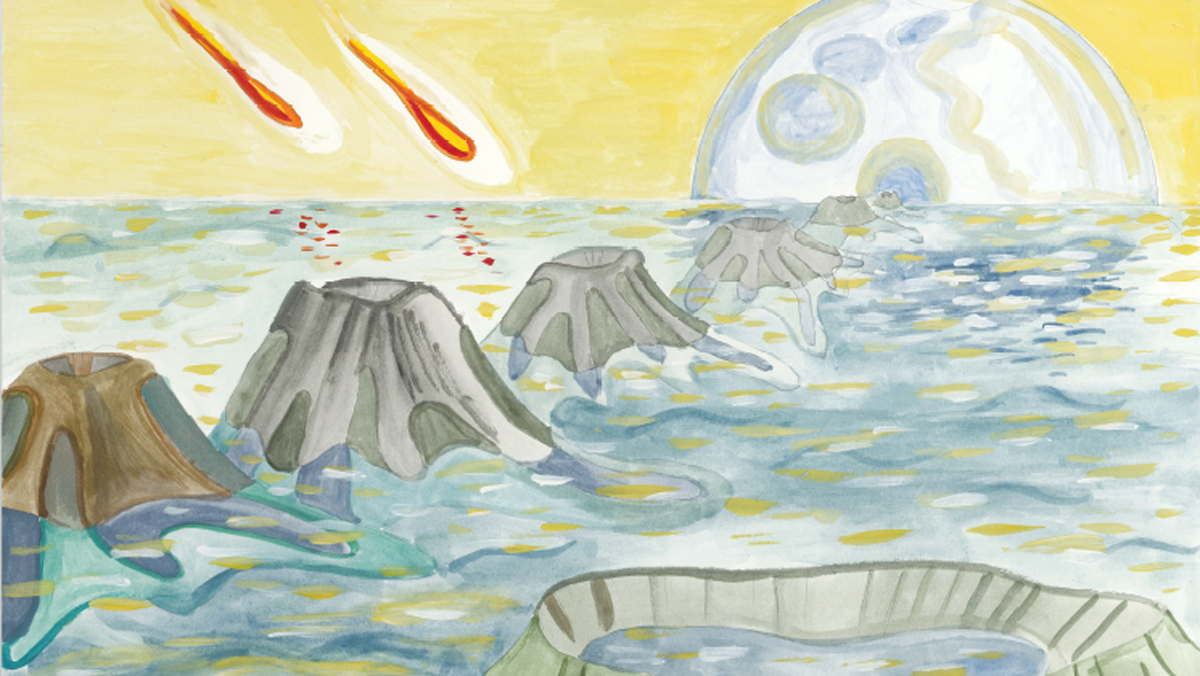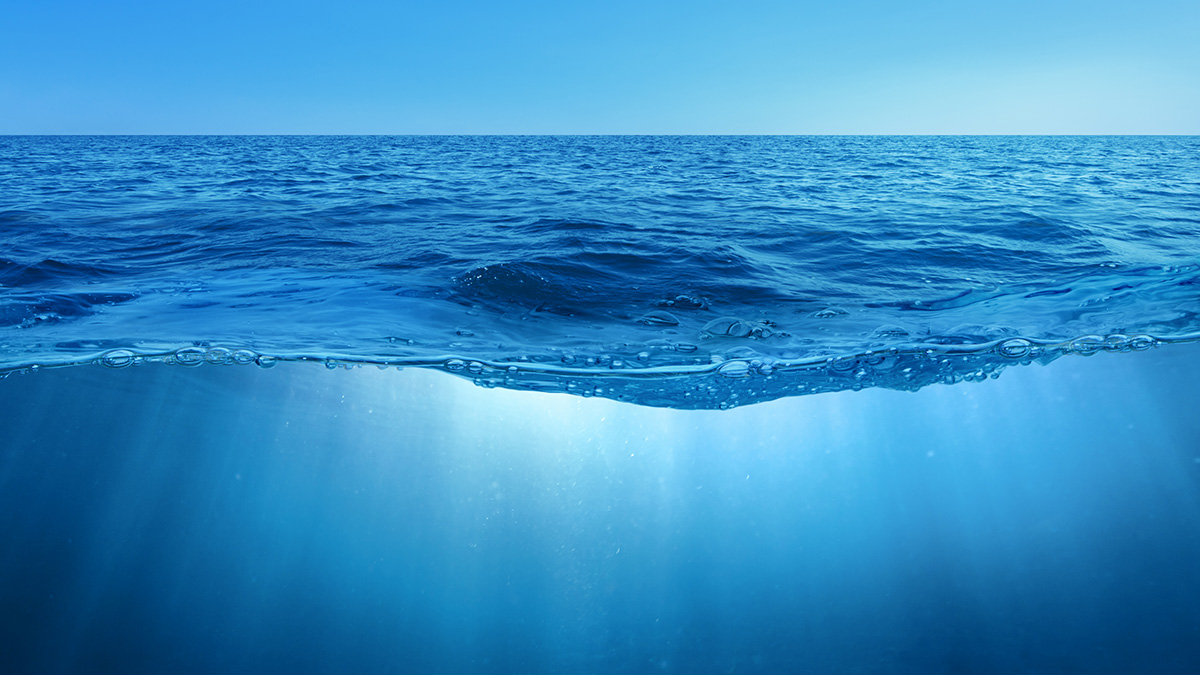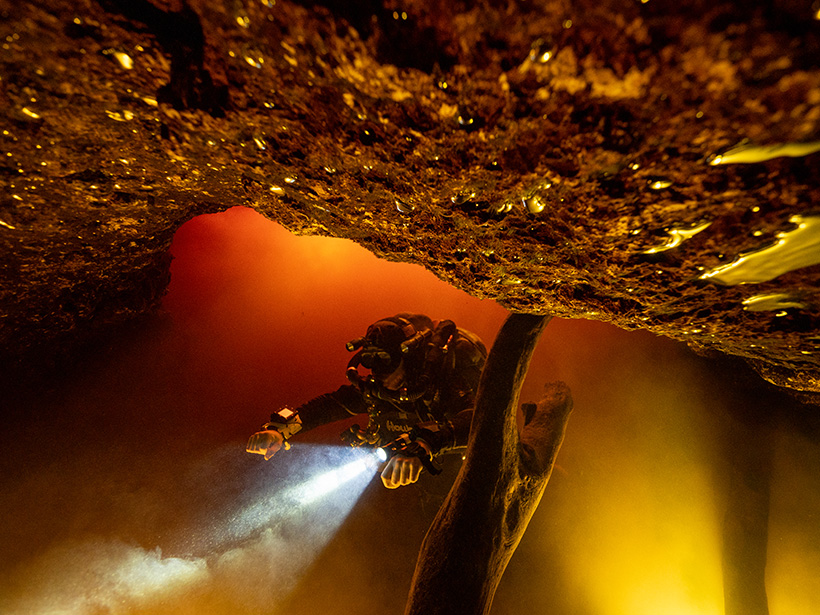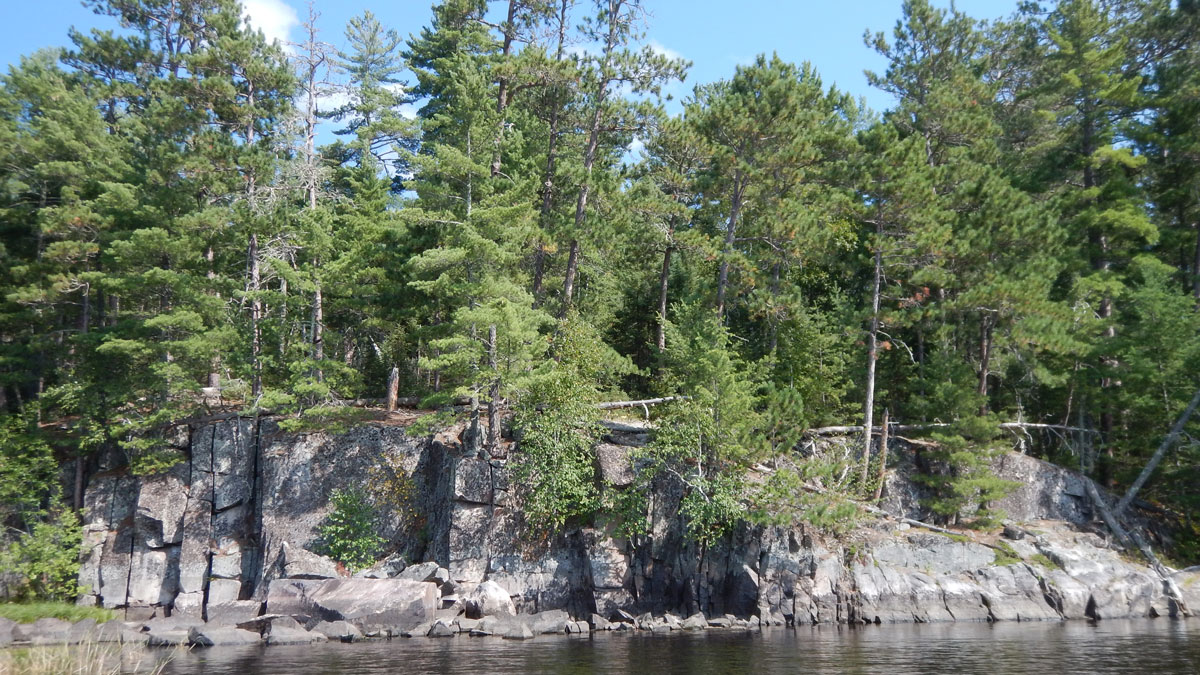Coastal communities face more frequent floods in which rain, rivers, and ocean storm surge combine forces. A reliable system that accurately predicts inundation from these events is urgently needed.
Science Updates
A Simple Recipe for Making the First Continental Crust
Laboratory experiments serendipitously revealed a rock-forming process that might explain how the first continental crust formed on Earth—and possibly on Mars.
Tree Rings Reveal a 700-Year Record of Flooding in Bangladesh
Trees tell of a wetter past along the Brahmaputra River and, combined with climate modeling, suggest heightened future flood risks in one of the world’s most densely populated areas.
Navigating Miocene Ocean Temperatures for Insights into the Future
A new temperature data portal will aid scientists in tracking and accessing paleoclimate data from the Miocene, a past warm climate interval and future climate analogue.
Cormorants Are Helping Characterize Coastal Ocean Environments
The Cormorant Oceanography Project is using sensors deployed on diving marine birds to collect broadly distributed oceanographic data in coastal regions around the world.
A New Focus on the Neglected Carbonate Critical Zone
Studies of Earth’s critical zone have largely focused on areas underlain by silicate bedrock, leaving gaps in our understanding of widespread and vital carbonate-dominated landscapes.
Recognizing Geology’s Colonial History for Better Policy Today
The Minnesota Geological Survey has contributed to the dispossession of homelands from Indigenous Peoples. The agency is creating more just policies.
Anticipating Climate Impacts of Major Volcanic Eruptions
NASA’s rapid response plan for gathering atmospheric data amid major volcanic eruptions, paired with efforts to improve eruption simulations, will offer better views of these events’ global effects.
Making the Most of Volcanic Eruption Responses
Last year, a new collaborative initiative conducted a hypothetical volcano response exercise. A month later, they put the knowledge gained to use during an actual eruption.
Earth’s Continents Share an Ancient Crustal Ancestor
How did today’s continents come to be? Geological sleuths found clues in grains of sand.










